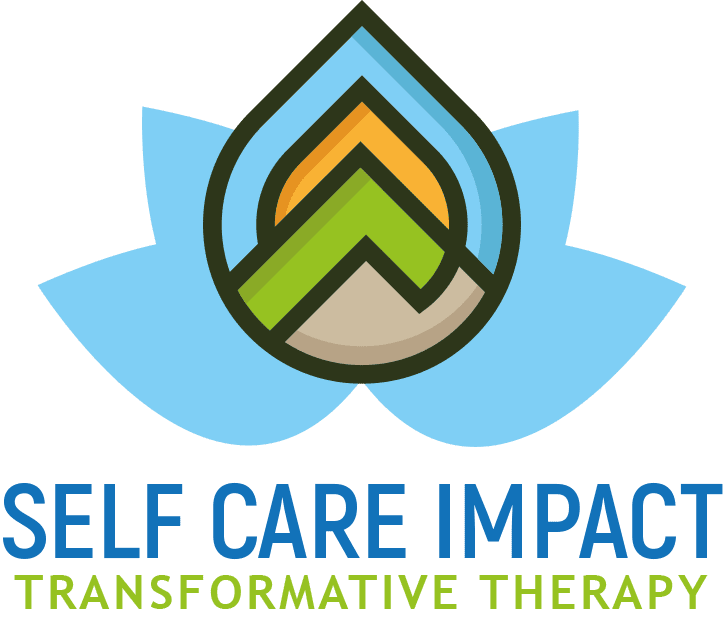Poor body image is not a new problem. But, in today’s selfie world, it is its own pandemic. It’s also misunderstood. Someone with poor body image isn’t simply thinking “I don’t like my body.” They also can’t be “cured” by someone telling them how great they look. It is far more complex than that.
In addition, poor body image can emerge at a very young age. For example, as many as half of all first- and second-graders report dissatisfaction with something about their body. After puberty arrives, the numbers increase.
Common Signs of Negative Body Image
When you think about or look at your body, does it provoke powerful negative emotions? These are almost universal signs of negative body image across the board. However, here are some less obvious symptoms:
- Taking steps to avoid seeing your own body
- Obsessively checking yourself, e.g. weighing, measuring, looking in the mirror
- Your body image interferes with your social or work life
- Covering yourself up: make-up, hats, baggy clothes, etc.
- Removing what you don’t like: waxing, shaving, plucking, etc.
- Obsession with plastic surgery
How Your Poor Body Image Impacts You
Besides the signs listed above, poor body image may lead you other unhealthy habits. A common example is restrictive eating. Other negative impacts include:
- Low self-esteem
- Self-harm
- Relationship issues
- Eating and mood disorders
- Other disorders, e.g.
- Body dysmorphic disorder and/or muscle dysmorphia
In addition, negative body image is often related to obsessive-compulsive, social anxiety, generalized anxiety, and major depressive disorders.
Key Contributors to Your Poor Body Image
- Childhood teasing or bullying at school or home
- Parents or older siblings who expressed a poor body image
- Peer pressure
- Societal norms and standards
- Pop culture depictions
- Public health campaigns
- Cultural beliefs
How to Override These Key Contributors and Improve Your Body Image
It’s crucial to remember that negative body image does not happen overnight. Therefore, changing this perception will take time. This process can be enhanced immensely with the help of a therapist. In the meantime, there are some powerful self-help steps you can take:
Your body image develops over the course of your life, so changing a negative body image can take time and effort. Suggestions for improving your body image include:
Avoid Being a Critic
This means changing how you think or talk about your own body and that of others. It’s easier said than done, yes but can shift your focus. Pay close attention to automatic thoughts and self-talk. Challenge the criticism with logic and self-compassion. Also, try training your brain for more positive inner encouragement with an affirming mantra or daily meditation.
Take Tech and Media Breaks
Social media, TV shows, movies, etc. — they can all make things worse. Schedule regular breaks to clear your mind. Use that time to meditate and visualize.
Reflect on Your Past
Take time to identify the factors that made have shaped your mindset. Forgive those responsible — especially yourself. Recognize that this conditioning is not permanent. You can change!
Resist Habits That Reinforce the Discomfort
Keep a journal to monitor the ways you reflexively make things harder on yourself. Get rid of your scale and measuring tape. If you exercise or play a sport, do so to have fun and feel healthy.
Join a Support Group
Online or in-person, you may find solace and new friends by interacting with others who understand your struggle.
Set Up a Confidential Consultation Soon
It’s a game-changer to talk with someone with the training to help. If you feel your poor body image is controlling your life, let’s talk. Your weekly sessions can become a workshop of sorts for you. Together, we’ll explore your perceptions and discover new approaches.
With some guidance, you can improve your body image. Not only that, you can build a healthier relationship with physical activity and eating. You don’t have to go it alone. Read more about anxiety therapy and reach out today to set up a consultation.

